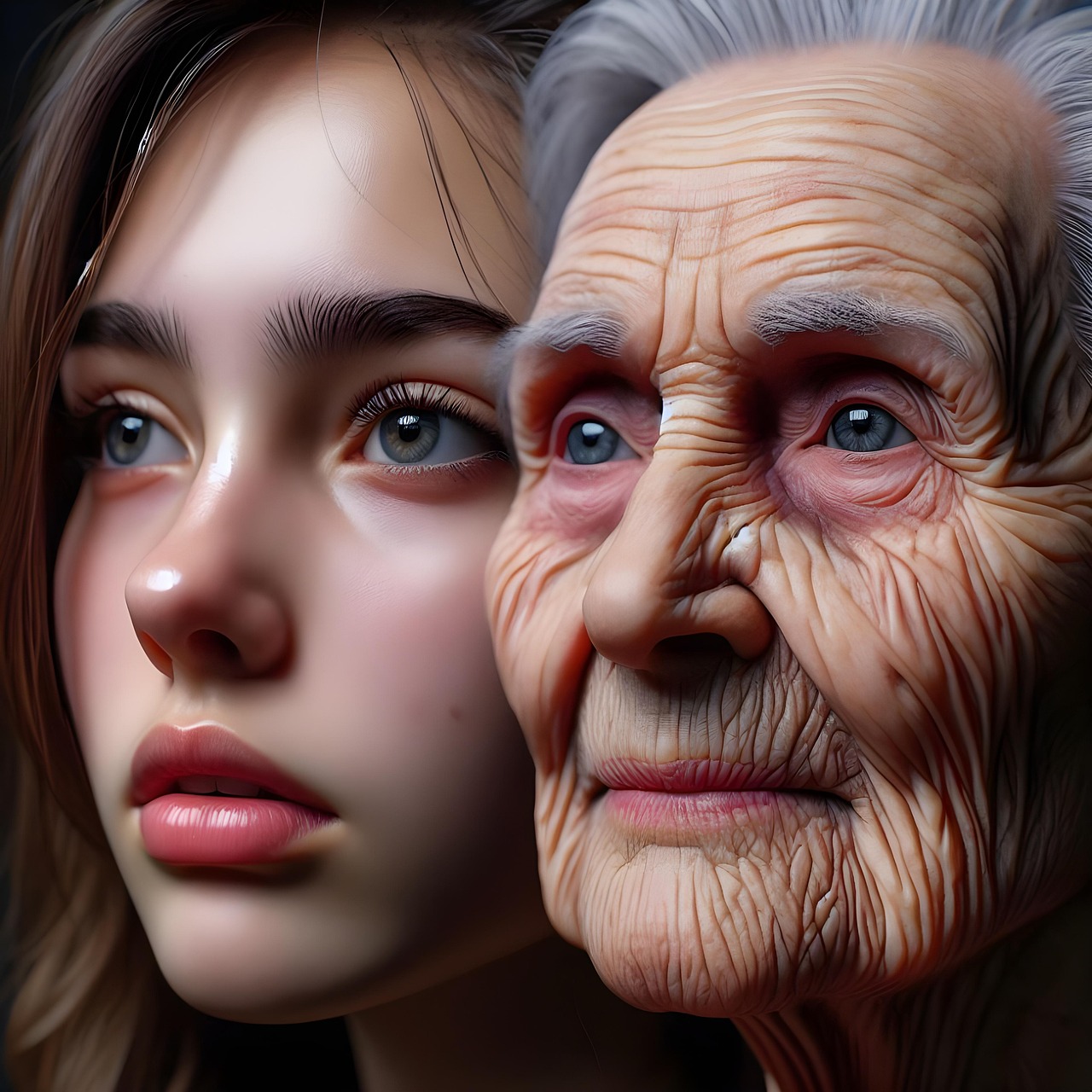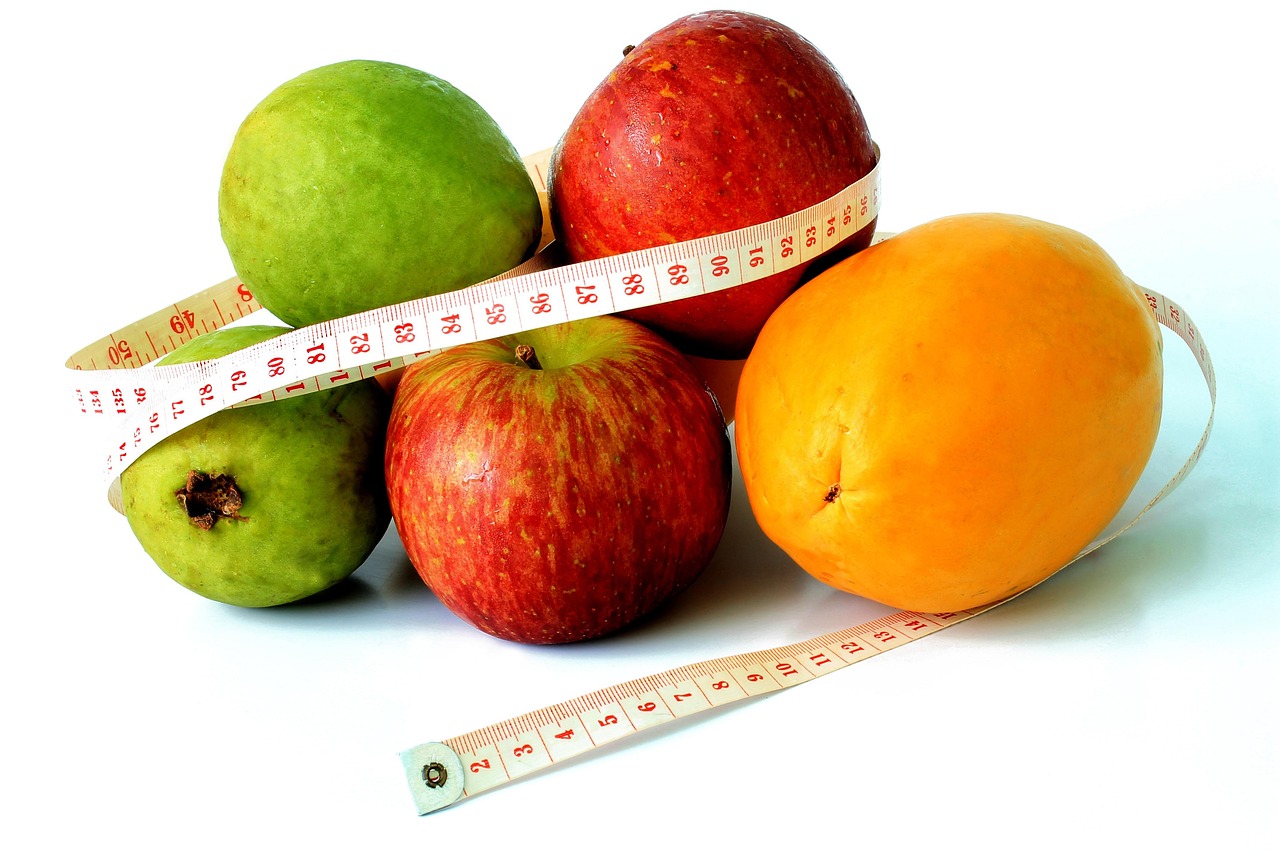Binary to Text
Biner ke Teks adalah proses mengubah bilangan biner (yang mewakili data dalam bentuk 1 dan 0) kembali menjadi teks yang dapat dibaca manusia. Setiap grup 8-bit (atau byte) dalam biner mewakili satu karakter dalam teks, mengikuti skema pengkodean seperti ASCII atau UTF-8.
Binary to Text is the process of converting a binary number (which represents data in the form of 1s and 0s) back into human-readable text. Each 8-bit group (or byte) in binary represents a single character in the text, following an encoding scheme like ASCII or UTF-8.
How It Works:
- Group the binary string into 8-bit chunks: Each chunk of 8 bits (or 1 byte) represents one character.
- Convert each 8-bit chunk into a decimal number.
- Map the decimal number to the corresponding character using a character encoding table, typically ASCII or UTF-8.
ASCII Encoding:
In the ASCII (American Standard Code for Information Interchange) system, each 8-bit binary value corresponds to a specific character, such as a letter, number, or symbol.
Example of Binary to Text Conversion:
Let's convert the binary string 0100100001100101011011000110110001101111 into text.
-
Group the binary string into 8-bit chunks:
01001000,01100101,01101100,01101100,01101111
-
Convert each 8-bit chunk into decimal:
01001000(binary) = 72 (decimal)01100101(binary) = 101 (decimal)01101100(binary) = 108 (decimal)01101100(binary) = 108 (decimal)01101111(binary) = 111 (decimal)
-
Map each decimal number to the corresponding ASCII character:
72→H101→e108→l108→l111→o
-
Result: The binary string
0100100001100101011011000110110001101111translates toHelloin text.
Example 2:
Convert 01001001011011100111010001100101 (binary) to text.
-
Group the binary string into 8-bit chunks:
01001001,01101110,01110100,01100101
-
Convert each 8-bit chunk into decimal:
01001001(binary) = 73 (decimal)01101110(binary) = 110 (decimal)01110100(binary) = 116 (decimal)01100101(binary) = 101 (decimal)
-
Map each decimal number to the corresponding ASCII character:
73→I110→n116→t101→e
-
Result: The binary string
01001001011011100111010001100101translates toIntein text.
Why Use Binary to Text Conversion?
-
Data Representation: Binary is how data is stored and processed in computers. Converting binary to text helps to interpret and display that data in a human-readable form.
-
File Encoding: Many files (e.g., text files, images, etc.) are stored in binary format. When these files are opened, their binary data is converted to text for display.
-
Transmission and Communication: When transmitting data over networks, it’s often in binary format, but the receiver may need to convert it to text to make it understandable to humans.
-
Programming and Debugging: Binary to text conversion is used in low-level programming and debugging when inspecting memory dumps or analyzing binary data in files or streams.
Conversion Steps:
- Step 1: Split the binary data into groups of 8 bits.
- Step 2: Convert each 8-bit chunk to decimal.
- Step 3: Use an encoding table (like ASCII) to map the decimal value to its corresponding character.
- Step 4: Combine the characters to form the text.
Summary:
Binary to Text conversion is essential for interpreting binary data in a human-readable format, commonly used in programming, debugging, file systems, and data transmission. Each 8-bit binary chunk represents a character in an encoding scheme, typically ASCII, and is converted to form readable text.

Codebee Co., Ltd.
Development Team
Nikmati hal-hal kecil dalam hidup. Untuk suatu hari, Anda mungkin melihat ke belakang dan menyadari bahwa itu adalah hal yang besar. Banyak kegagalan hidup yang disebabkan oleh orang-orang yang tidak menyadari betapa dekatnya mereka dengan kesuksesan ketika mereka menyerah.












